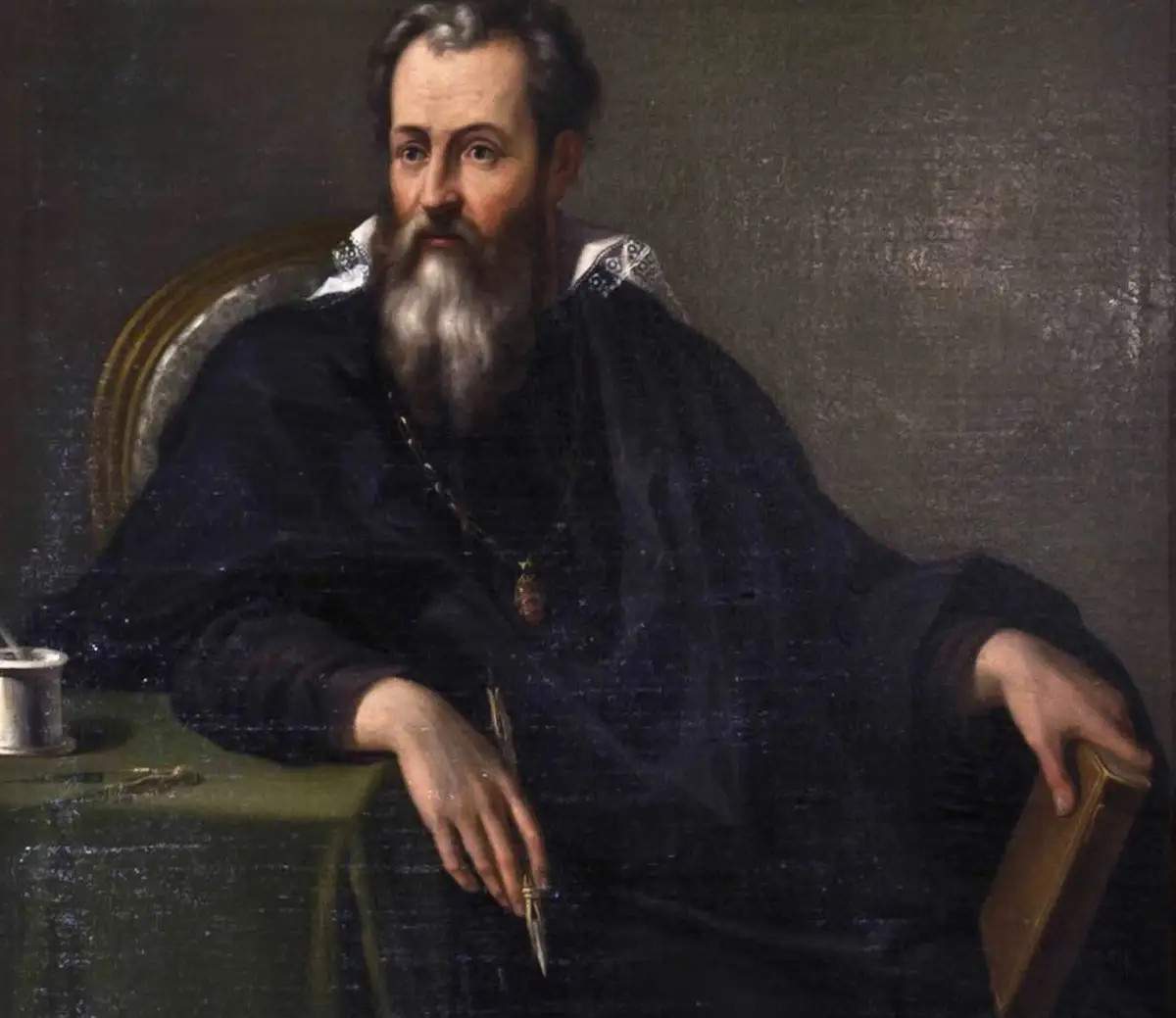Two new exhibitions coming to Arezzo to celebrate 450 years since Vasari's death
On the occasion of the 450th anniversary of Vasari ’s death, two exhibitions are scheduled in Arezzo: one to trace the Vasari family’s connection with Arezzo’s ancient ceramics, and another that will present a selection of documentary evidence to follow the genesis of one of the most remarkable architectural works created by Giorgio Vasari in his hometown. Both exhibition projects are part of Arezzo. The City of Vasari, the system of exhibitions, events and celebrations that will pay tribute to the master from Arezzo until February 2025; the program is promoted by the City of Arezzo and Fondazione CR Firenze with Fondazione Guido D’Arezzo, in collaboration with the Regional Directorate National Museums Tuscany of the Ministry of Culture, Uffizi Galleries, and with the curatorship of the scientific committee chaired by Carlo Sisi.
In fact, the National Archaeological Museum “Gaius Cilnius Maecenas” will host the exhibition I Vasari “potters” and Arezzo’s ceramic production in ancient times, curated by Maria Gatto and open until Feb. 2, 2025. The aretine master’s grandfather, Giorgio di Lazzaro Taldi, was a potter by trade. On the literary trail of Lazzaro’s life, the exhibition will thus trace the relationship between his grandfather’s activity and ancient Arezzo ceramics, which he studied and imitated and whose workshops he investigated in the locality of le Carcerelle, a place known to archaeological literature. This is an opportunity to visit the recent setting up of the rooms dedicated to terra sigillata vases rich in ornaments and mythological themes-especially significant in the beginning of the relations between the Vasari family and the Medici lineage-now enriched by a special section aimed at illustrating the relationship between Lazzaro’s activity and the Arretina vasa. Hours: Monday through Saturday 9 a.m. to 7:30 p.m., Sunday and holidays 9 a.m. to 2 p.m.; first Sunday of the month 9 a.m. to 7:30 p.m.).
Opening instead on June 27 at the Fraternita dei Laici is the exhibition Honorata e Gratiosa. Giorgio Vasari’s Loggia, curated by Francesca Chieli, which aims to illustrate, through an extensive documentary corpus, the development of one of the most important enterprises carried out by the architect Vasari in Arezzo. The exhibition therefore aims to enhance the Fraternita’s vast paper repertoire onVasari’s ars edificatoria, with particular attention to the construction of the Loggias in Piazza Grande, a work that, due to the centrality of the place, constitutes a true urban renewal in the 16th century. From the panel with the San Rocco by Bartolomeo della Gatta (1479), which documents the building consistency of the square before Vasari’s work, to the famous wooden model of the loggias, commissioned by the rectors to Giorgio Vasari in a letter dated July 19, 1572, from the Grand Duke’s assent to the construction of the work to all the events related to the construction process. There will also be valuable accounts of the artist’s life, beginning with his baptismal certificate to a copy of the will drawn up on May 25, 1568, by Raffaello Eschini at the Spedale degli Innocenti in Florence. Also on display are Pietro Ermini’s Portrait of Giorgio Vasari, the effigies of those who contributed their legacies to the realization of the work, and documents attesting to the “all-Vasari idea” of bringing water to Piazza Grande and which will see the Fraternita engaged in the new aqueduct venture. The exhibition will be open until Feb. 2, 2025, daily from 10:30 a.m. to 6 p.m.
“Arezzo. The City of Vasari” enjoys the patronage of the Ministry of Culture, partners of the initiative State Archives of Arezzo, Diocese of Arezzo, Cortona and San Sepolcro, Arezzo City Library, Fraternita dei Laici di Arezzo, Arezzo Intour Foundation.
For info: https://www.fondazioneguidodarezzo.com/
Image: Pietro Ermini, Portrait of Giorgio Vasari (1797)
 |
| Two new exhibitions coming to Arezzo to celebrate 450 years since Vasari's death |
Warning: the translation into English of the original Italian article was created using automatic tools. We undertake to review all articles, but we do not guarantee the total absence of inaccuracies in the translation due to the program. You can find the original by clicking on the ITA button. If you find any mistake,please contact us.





























